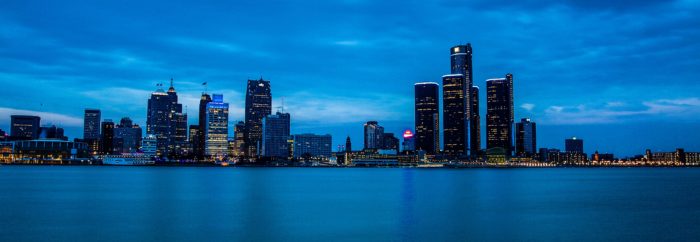Originally published in PE Hub
By Tim Schigel
It’s hard to fathom a startup exodus from California, of all places, with its balmy weather, sweeping cliff-top ocean views and seemingly endless sources of capital for the next new thing.
But innovators are leaving and in droves. How did we end up here?
It reminds me of a quote from Jefferson Starship‘s Paul Kantner: “San Francisco is 49 square miles surrounded by reality.”
Reality has set in for many startup leaders, who are looking beyond Northern California and its expense and traffic to the counterintuitive opportunities and better quality of life of places like Cincinnati, Indianapolis and Pittsburgh.
What many are recognizing is that out here in Middle America there’s less traffic, access to great and loyal talent, and a tantalizing opportunity to build startup ecosystems from the ground up, rather than chasing the herd.
To be sure, Silicon Valley isn’t being deserted, but the allure of being concentrated there has lost its sheen.
The economic shift at work here, of course, is not the first notable migration of American talent. In the 19th century, opportunity necessarily clustered and flourished around natural ports, like the New York Harbor.
Then railroads became the backbone to extend opportunities to other cities and the business builders and workers followed. Most recently, it was the proximity to audacious ideas about computer networks and the internet that attracted talent to hubs like Silicon Valley.
Now, despite California’s obvious amenities, another migration is afoot, and it’s related to the quality of life and, more fundamentally, time. In our modern economy, technology is no longer a resource found only in certain tech hubs. Universities throughout Middle America are producing high-quality research and talent.
Technology is ubiquitous but time is scarce. You simply can’t buy more hours in the day.
And if you are spending those hours stuck in traffic, or working longer hours because of the higher cost of living, or working much harder to get your startup to profitability given the higher cost of talent, you may very well see the quality-of-life trade-off quite literally.
Who cares if you live 45 minutes from the ocean if you never go for a swim? And proximity to capital might go only so far if your burn rate means your business fails before it can reach profitability.
Smaller cities can provide inhabitants with more of this precious resource of time, via frictionless commutes, lower cost of living and even just a smaller and more manageable footprint. This quality of life is like a hit of oxygen at a time when many innovators feel toxic and time-starved. I see this quality of life that smaller cities can offer as the modern-day equivalent of New York Harbor.
Sure, some might be leaving the coasts to take it slow, but that’s not what I’m talking about. What I’m watching are the ambitious ones who see a move to Middle America as a competitive advantage. For instance, there is the obvious access to the traditional industries that are up next for disruption, such as healthcare, manufacturing and automotive.
A health-IT startup might do well in Nashville, which is anchored by some 18 publicly traded healthcare systems. An e-commerce innovator might do well to locate in Ohio, home to Procter & Gamble, Macy’s and Kroger. Many autonomous-vehicle-tech companies, including Apple and Google, already have footholds in Detroit, where they compete for talent with the Big 3 automakers.
If the first and biggest hurdle for an entrepreneur is product-market fit and revenue, the proximity to customers is not to be underestimated.
There is a first-mover advantage here, as many of these cities are in many ways undervalued assets. QuickenFounder Dan Gilbert has been staking his claim in Detroit for some time and stands to do quite well as that city emerges from bankruptcy.
People like Gilbert in Detroit, or Brad Feld in Boulder, Colorado, should be seen as beacons that can attract flotillas of new companies to these smaller cities.
Many cities will know, and potentially even name a street after, their rising sports stars who go on to the major leagues or the NFL. Cities should similarly track and put out the red carpet for their rising business stars. The universities who helped mold these innovators should also seek to bring them back, rather than just calling them for the occasional donation.
My greatest hope is that those ambitious souls who once left the Midwest for an opportunity in Silicon Valley might now come back; these are what I call “Boomerangs.” Boomerangs can be a powerful force to help bring an edge back into our Middle America economies because they know what hypergrowth feels like and can bring that sense of possibility back home.
Imagine how that could change entire cities, and industries.
Talent is leaving Silicon Valley? We should celebrate it, and welcome the innovators back home.
Tim Schigel is a partner at Refinery Ventures, founder at ShareThis, proud dad, and part-time guitar slinger. Reach him at tim@refinery.com and +1 513-238-7896.

